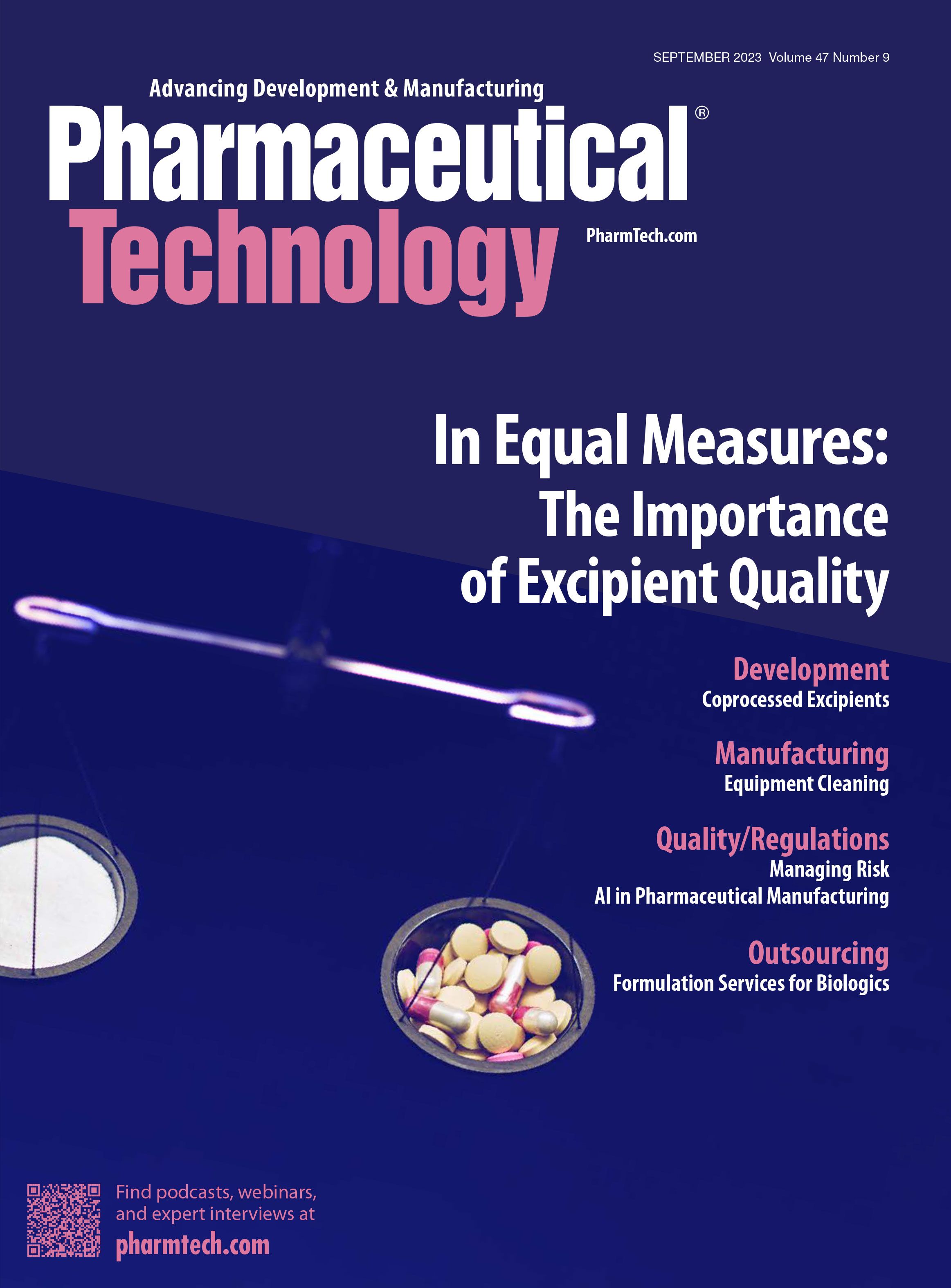Billions of Reasons to be Buoyant
Pharma's ability to continually reinvent itself will be critical in growing future business operations.
From a pure business perspective, while equal in many respects to computer chip manufacturing, the pharmaceutical industry pulls ahead because it does not experience the same high amplitude boom and bust periods. This is attractive to investors. We have noted, however, that many key products face looming patent expiration. Prices, especially for some new single dose treatments, can be eye-wateringly high and that for an increasing number of patients the traditional insurance cost-to-benefit model needs reinvention.
Despite these deeply entrenched problems, business prospects continue to shine, fueled in part by a new sense of discovery and remarkable invention. An era of personalized cancer vaccines could be at hand, and the general public is now aware of the efficacy of certain weight loss drugs which has evolved (in some cases) from former diabetes treatments to work effectively in both curbing weight but also in mitigating cardiovascular and related sequalae.
As we currently stand, the prototypical institutional investor, such as retirement fund or investment banks, will continue to back our industry with their (or other peoples’) dollars. But a key emerging trend, to replace an approximate loss of $200 billion by blockbusters to generics, will be pharmaceutical companies themselves reinvesting in their own future through mergers and acquisitions but also in increased R&D activities. Fresh from their 44th annual healthcare conference, Goldman Sachs forecasts that, “The pharmaceutical industry will need growth, and is sitting on a tremendous amount of cash. The firepower that we’ve calculated—i.e., cash plus modest leverage—amounts to $700 billion dollars globally. The baseline expectation is that there is going to be continued M&A, though there has been increased focus recently on regulatory uncertainty, particularly as it relates to larger deals” (1).
On the smaller scale, several companies were held recently up as exemplars for investor success, which includes the 324% one-month trailing total return (TTR) for Madrigal Pharmaceuticals (good Phase III results for treatments for non-alcoholic steatohepatitis), 312% TRR for Pliant Therapeutics (reporting positive Phase IIA results for oral medication to treat idiopathic pulmonary fibrosis), and 271 TTR for Reata Pharmaceuticals, which works on novel treatments for neurologic disorders and chronic kidney disease (2).
References
1. Haider, A. Pharmaceutical Companies Have $700 billion for Acquisitions and Investment. Intelligence Articles, Goldman Sachs. July 6, 2023.
2. Bolton, N. Top Pharmaceutical Stocks for Q2 2023, May 2023, Investopedia.
About the author
Mike Hennessy Jr. is the President and CEO of MJH Life Sciences.
Article details
Pharmaceutical Technology
Vol. 47, No. 9
September 2023
Page: 8
Citation
When referring to this article, please cite it as Hennessy, M. Billions of Reasons to be Buoyant. Pharmaceutical Technology 2023 47 (8).

Drug Solutions Podcast: A Closer Look at mRNA in Oncology and Vaccines
April 30th 2024In this episode fo the Drug Solutions Podcast, etherna’s vice-president of Technology and Innovation, Stefaan De Koker, discusses the merits and challenges of using mRNA as the foundation for therapeutics in oncology as well as for vaccines.
Drug Solutions Podcast: Applying Appropriate Analytics to Drug Development
March 26th 2024In this episode of the Drug Solutions Podcast, Jan Bekker, Vice President of Business Development, Commercial and Technical Operations at BioCina, discusses the latest analytical tools and their applications in the drug development market.